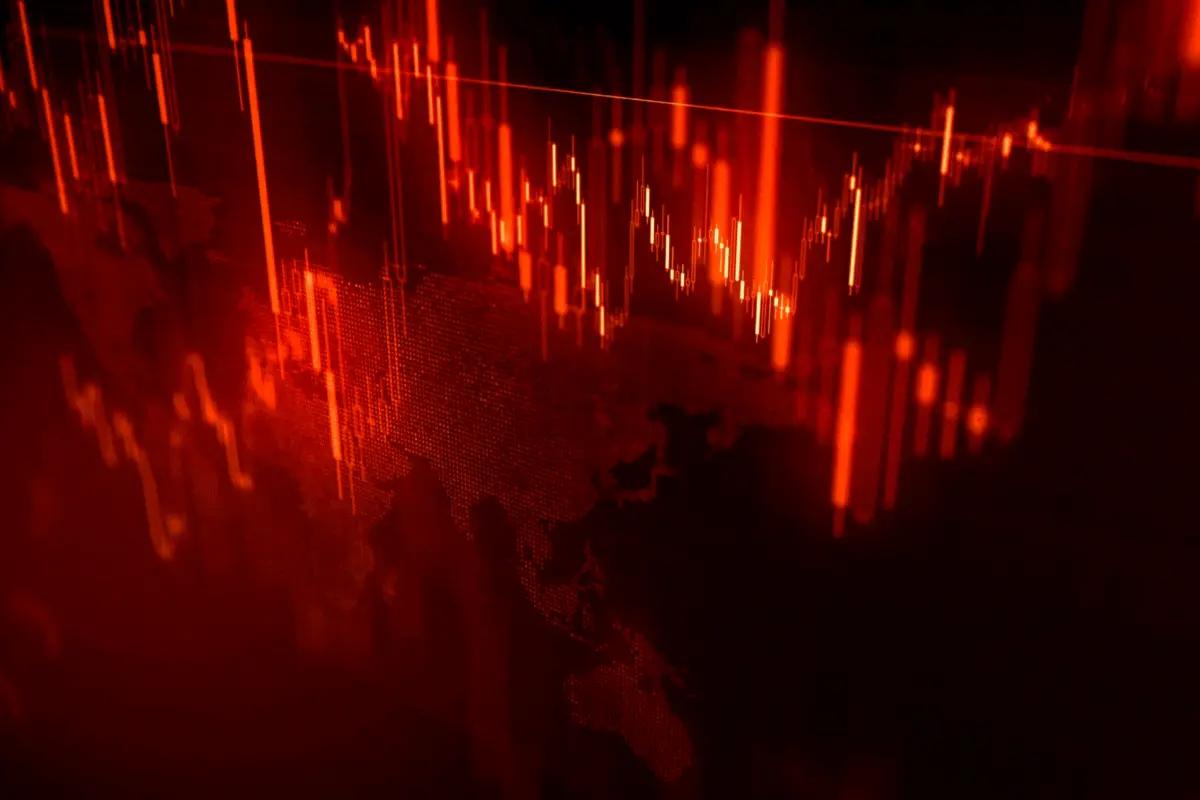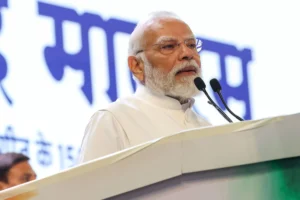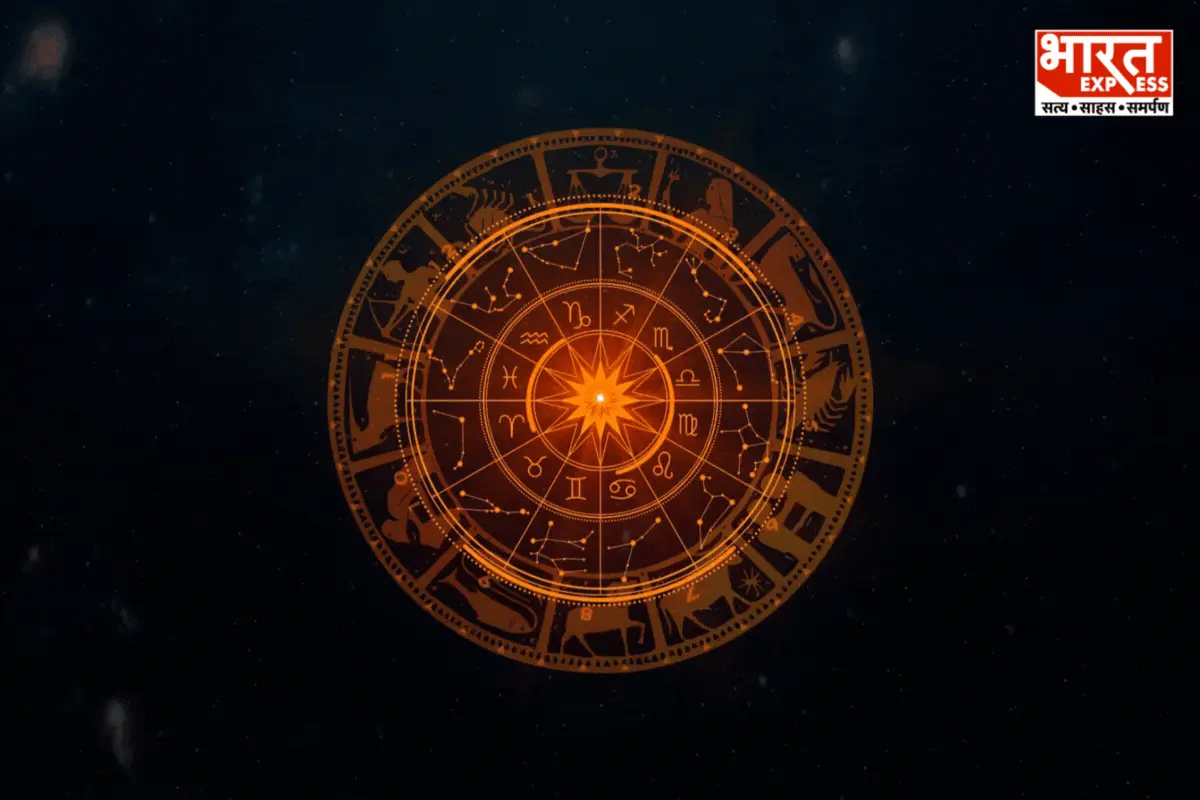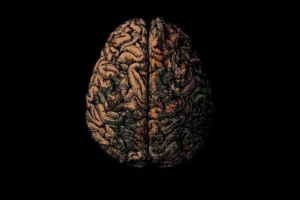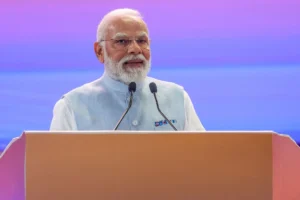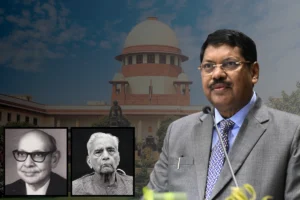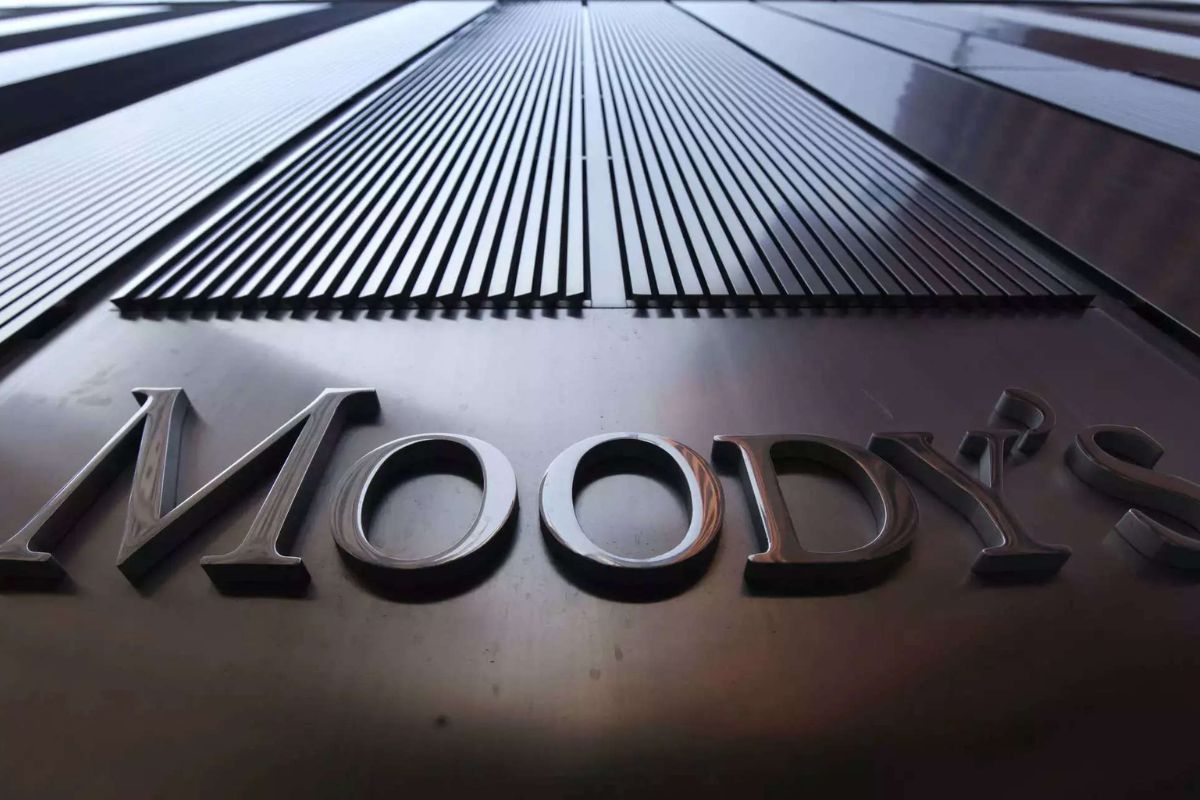
Moody’s Investors Service, the global credit rating agency, has upheld its Baa3 rating for India. Despite the finance ministry advocating for an upgrade, the agency has sustained a stable economic outlook. However, it raised concerns about political matters, particularly referring to the ongoing violence in Manipur.
In a statement, Moody’s emphasized that the constriction of civil society and political opposition, coupled with escalating sectarian tensions, contribute to a more negative evaluation of political risk and institutional quality.
The agency went on to explain that while heightened political polarization is unlikely to substantially destabilize the government, growing domestic political tensions suggest an enduring risk of populist policies. This risk extends to regional and local governance levels due to prevailing social challenges such as poverty, income inequality, and uneven access to essential services like education.
What does Baa3 rating indicate?
Baa3, situated within the lower-medium credit quality range, implies that the issuer carries a moderate level of default risk for its financial obligations.
Back in June, officials from the finance ministry engaged with Moody’s executives to question the rating parameters. Global rating agencies take several growth indicators into account when assigning ratings, including economic growth rate, inflation, government debt, and short-term external debt as a percentage of GDP. Political stability is also a factor considered.
Moody’s ratings surfaced shortly after S&P Global projected that the Indian economy would achieve an average annual GDP growth rate of 6.7 percent until March 2031.
The rating agency has reaffirmed its projection of 6 percent growth for India in the current fiscal year, highlighting that at this pace, India will lead as the fastest-growing economy among G20 nations
Also Read: Uttar Pradesh: Eatery Worker Apprehended For Raping 8-year-old Girl In Noida
To read more such news, download Bharat Express news apps









